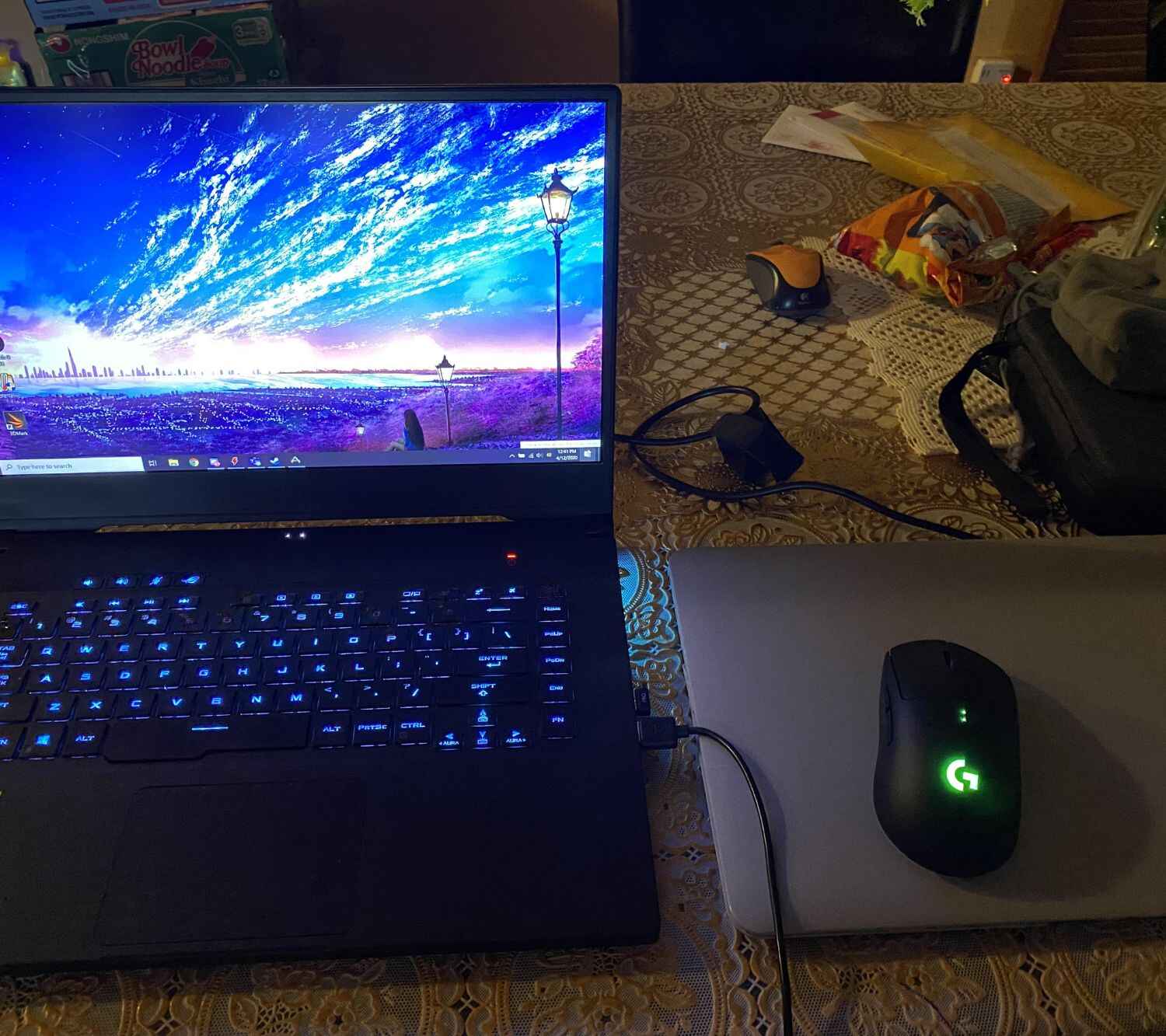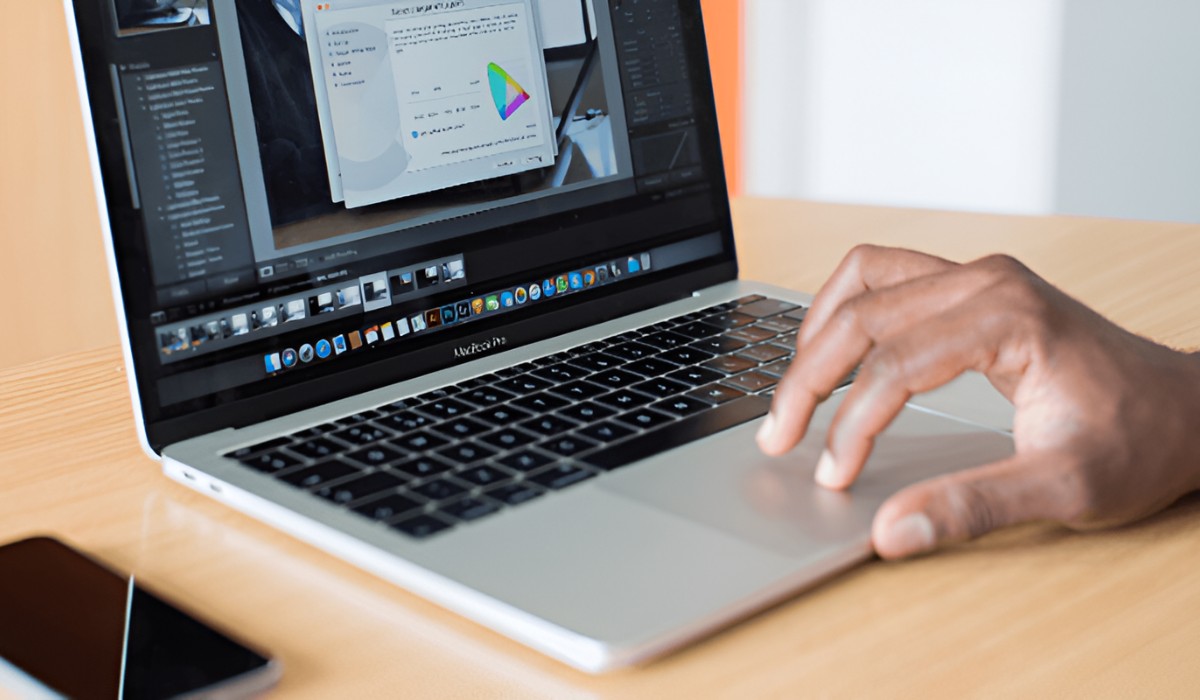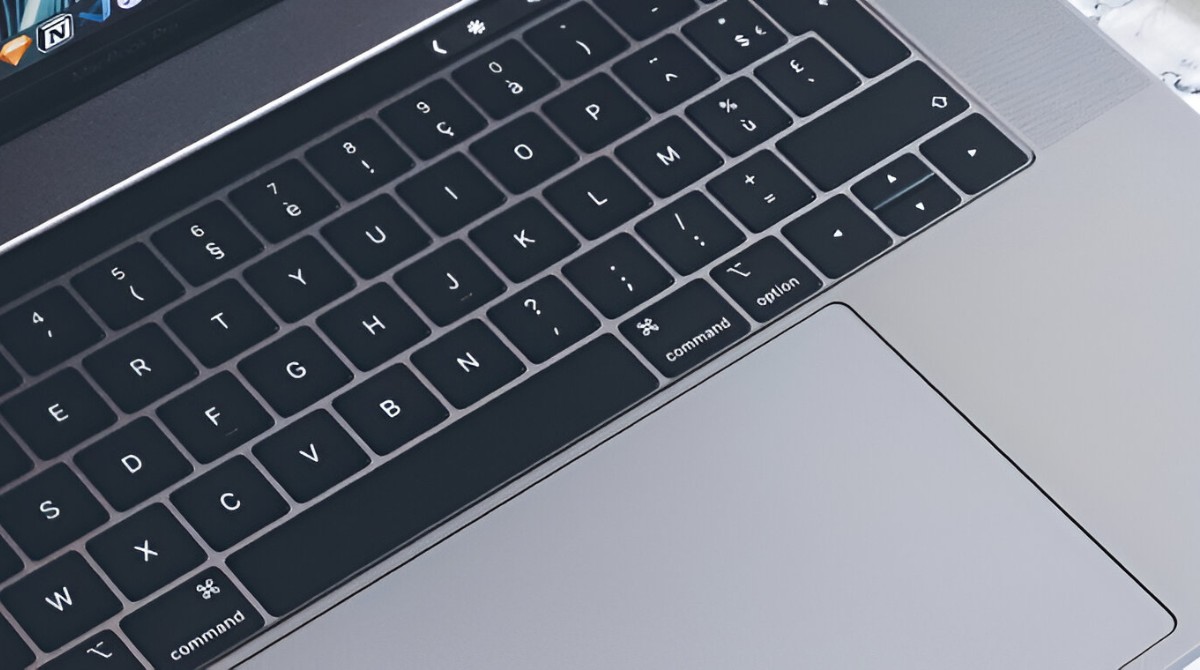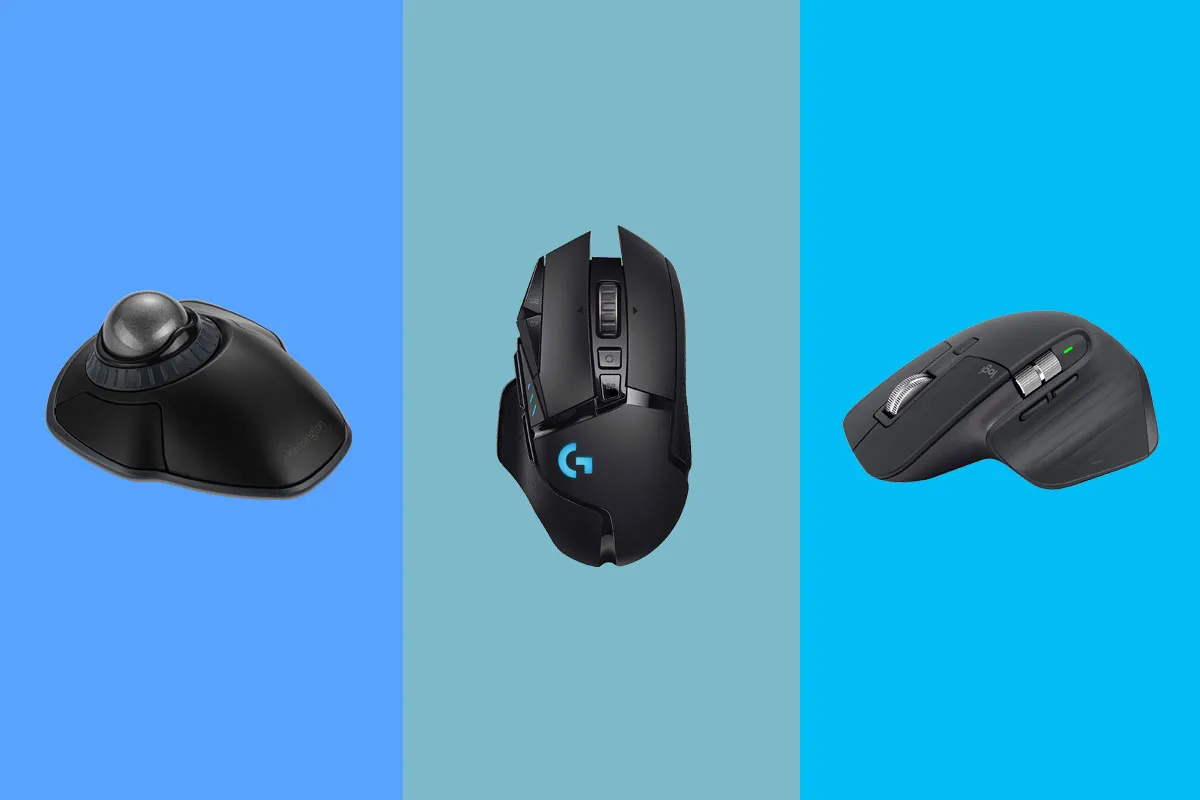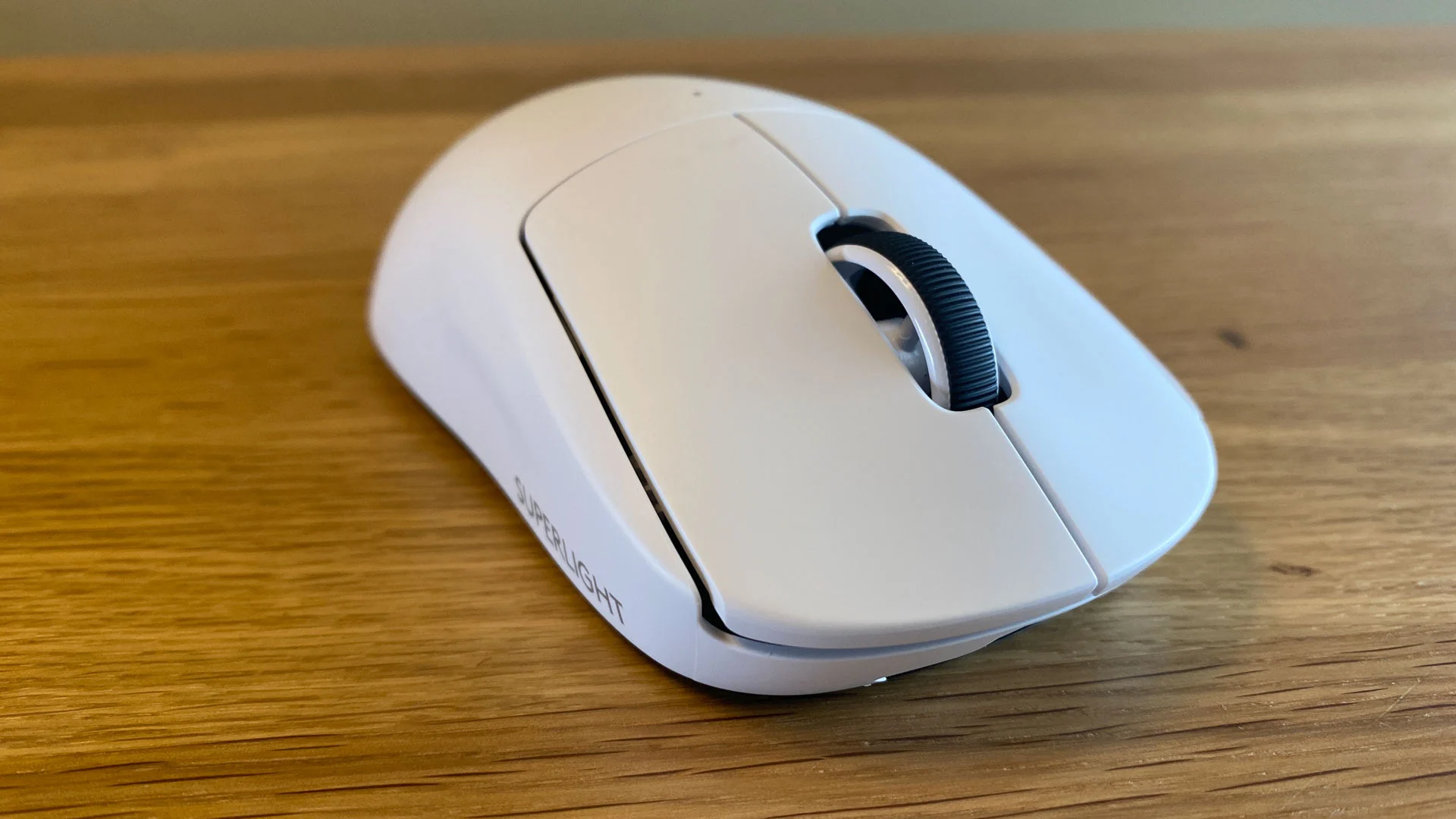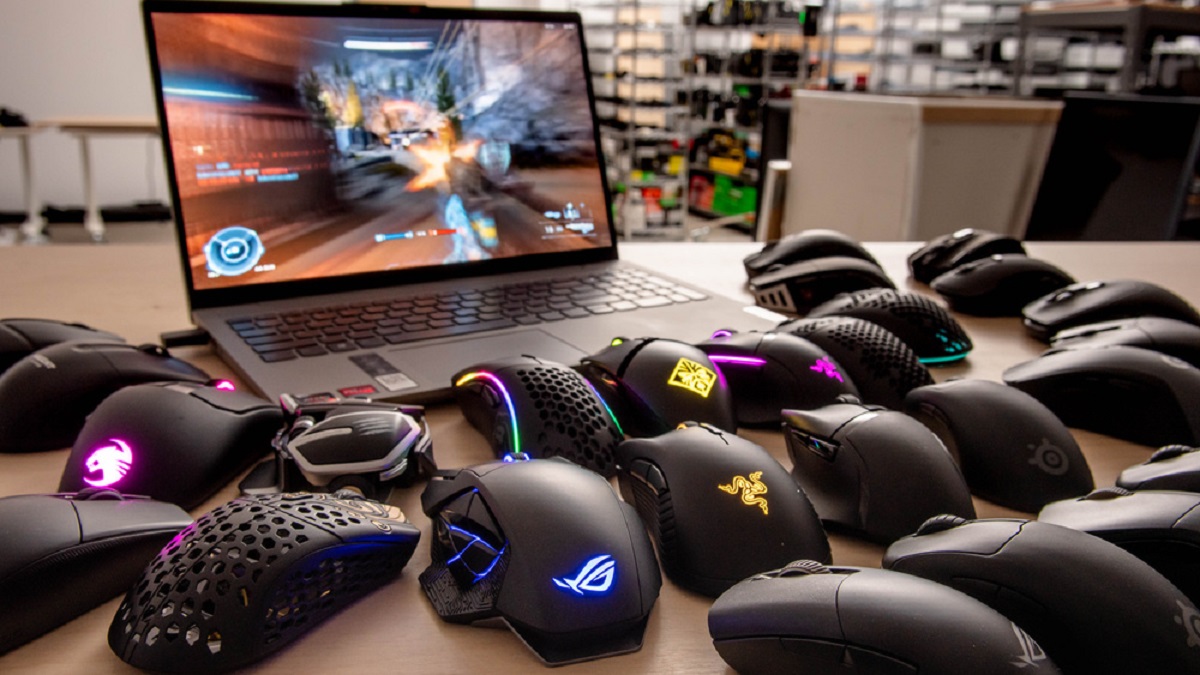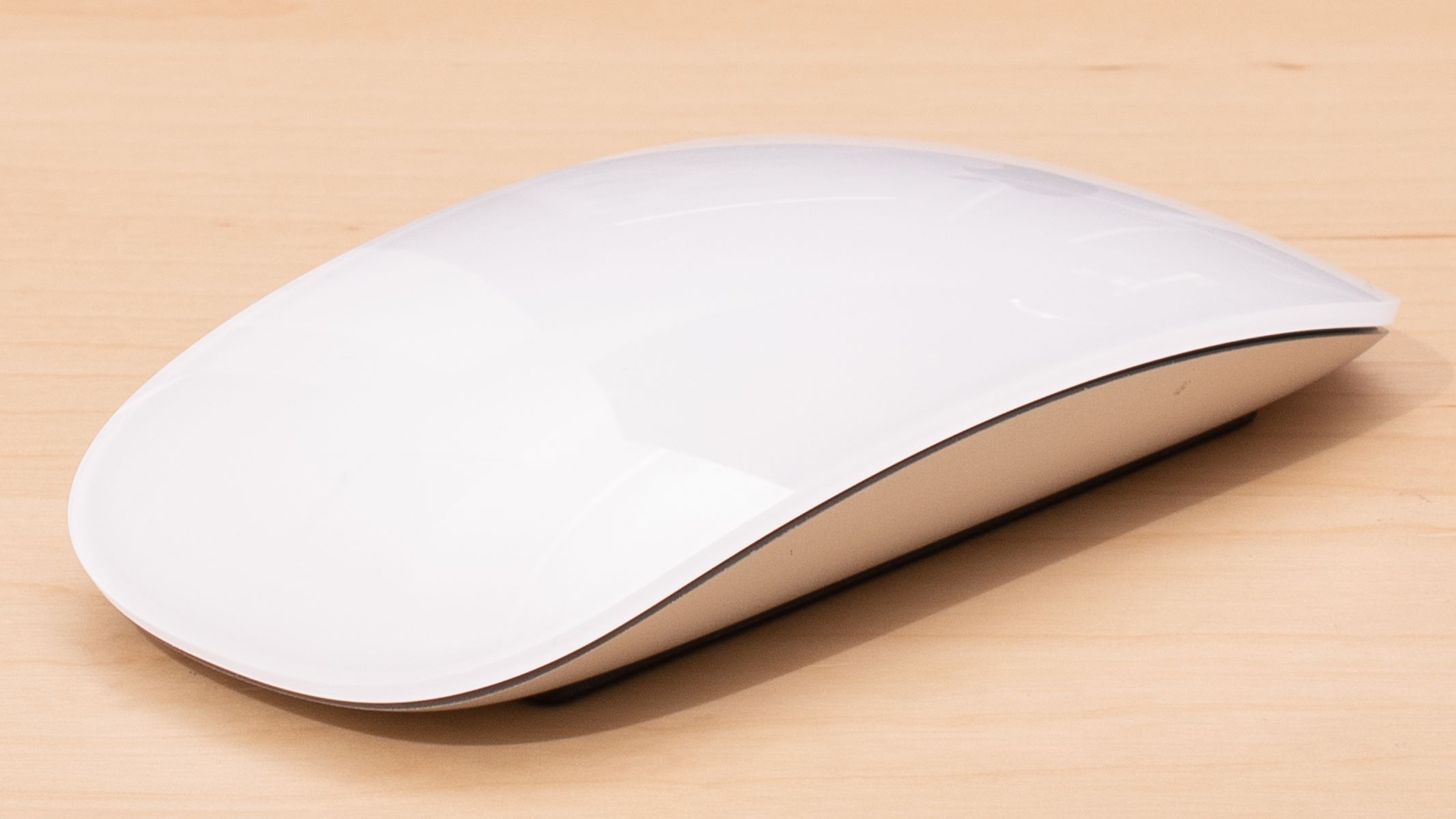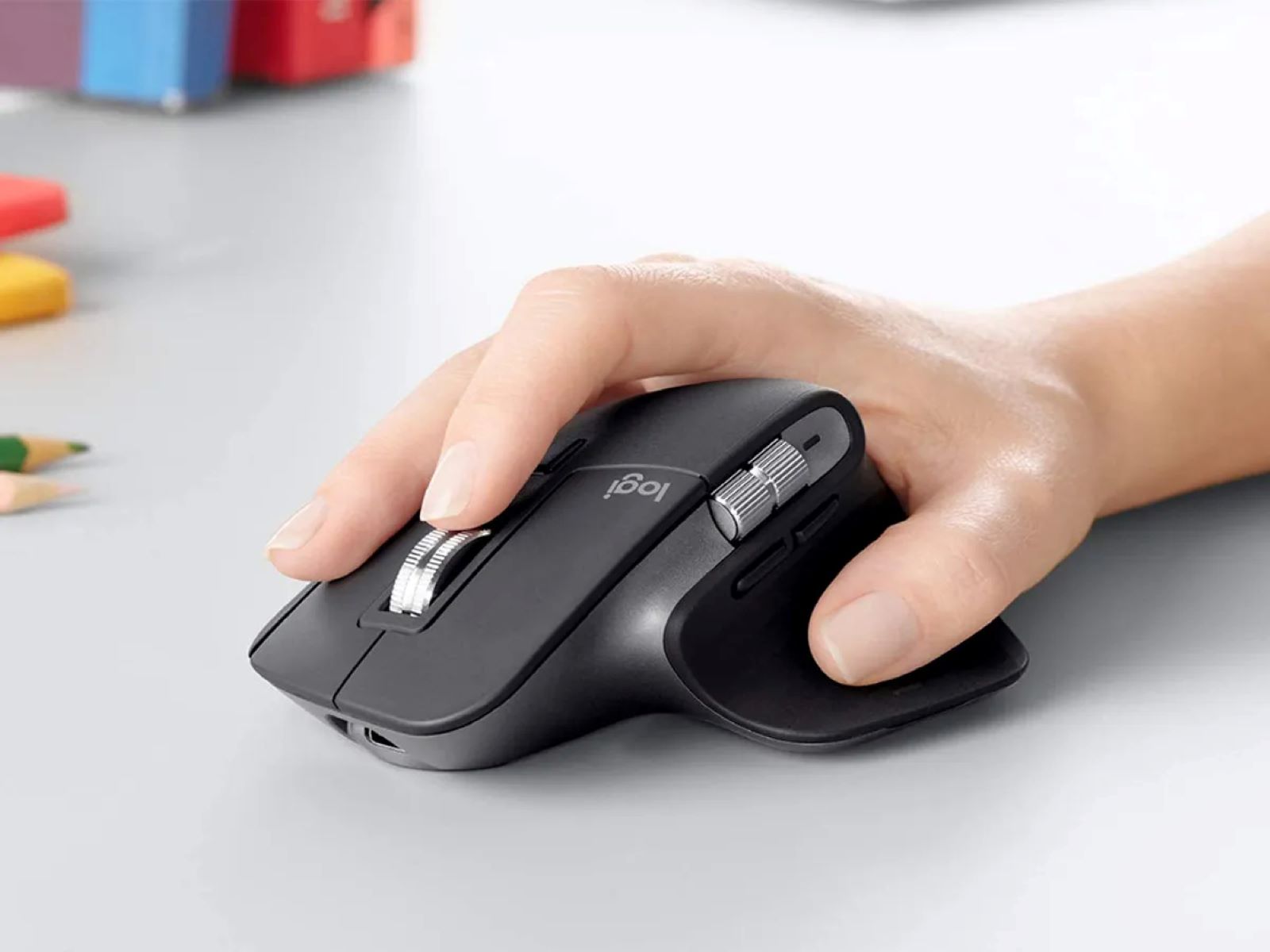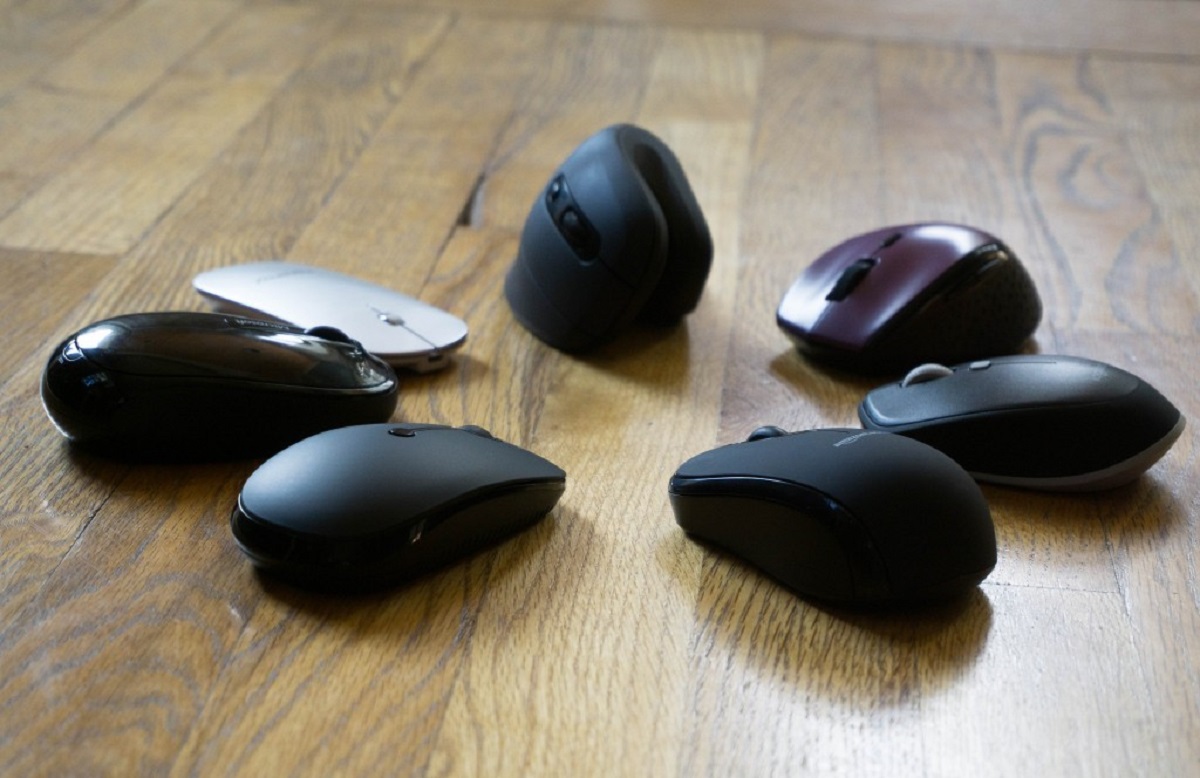Introduction
Introduction
MacBook Pro trackpads are known for their smooth operation and precise responsiveness, making them a popular choice for users seeking a seamless navigation experience. However, encountering issues with the trackpad’s functionality can be frustrating and disruptive to productivity. This article aims to explore the common reasons why MacBook Pro users may experience difficulty clicking their trackpad, providing insights into both hardware and software-related factors that could contribute to this problem.
Understanding the potential causes behind trackpad click malfunctions is essential for users seeking to troubleshoot and resolve these issues effectively. By delving into hardware, software, battery, moisture, dirt, and physical damage factors, individuals can gain a comprehensive understanding of the possible culprits behind their MacBook Pro trackpad woes. Whether it’s a hardware glitch, a software bug, or an environmental factor, identifying the root cause is the first step towards restoring the trackpad’s full functionality.
Through this exploration, readers will be equipped with the knowledge needed to diagnose and address trackpad click issues, empowering them to make informed decisions about seeking technical support or attempting DIY solutions. By shedding light on the potential reasons for trackpad click problems, this article aims to provide clarity and guidance to MacBook Pro users grappling with this common but disruptive issue.
Hardware Issue
When MacBook Pro users encounter difficulties with their trackpad’s clicking function, hardware-related issues often come into play. The trackpad’s physical components and connections can be susceptible to various issues that hinder its responsiveness. Understanding these hardware-related factors can provide valuable insights into why the trackpad may not be clicking as expected.
One common hardware issue that can affect the trackpad’s click function is mechanical wear and tear. Over time, the physical components of the trackpad, including the clicking mechanism and the underlying button, may experience degradation due to regular use. This wear and tear can lead to diminished tactile feedback and responsiveness, resulting in intermittent or non-responsive clicks.
Furthermore, debris and dust accumulation beneath the trackpad can impede the smooth operation of the clicking mechanism. Foreign particles can interfere with the physical movement of the trackpad’s components, causing it to become unresponsive or erratic in its clicking behavior. Additionally, loose or faulty internal connections within the MacBook Pro can also contribute to trackpad click issues, as disruptions in the electrical pathways can impede the transmission of click signals.
Moreover, physical damage to the trackpad or its surrounding components, such as the battery or internal circuitry, can lead to impaired clicking functionality. Impact damage or exposure to excessive moisture can compromise the structural integrity of the trackpad, resulting in erratic or non-functional clicks.
Understanding these hardware-related issues is crucial for MacBook Pro users seeking to address trackpad click problems. By recognizing the potential impact of mechanical wear, debris accumulation, internal connections, and physical damage, users can make informed decisions about seeking professional repairs or attempting DIY solutions to restore their trackpad’s clicking functionality.
Software Issue
While hardware issues can contribute to trackpad click malfunctions, software-related factors also play a significant role in determining the responsiveness and functionality of the MacBook Pro trackpad. Understanding these software-related issues is essential for users grappling with unresponsive or erratic trackpad clicks, as they can often be addressed through software troubleshooting and adjustments.
One prevalent software-related factor that can impact trackpad click performance is driver or firmware issues. Outdated or corrupted trackpad drivers or firmware can lead to erratic behavior, unresponsive clicks, or the complete loss of clicking functionality. In such cases, updating or reinstalling the trackpad drivers and firmware can often resolve these issues, restoring the trackpad’s normal operation.
Additionally, conflicts with third-party software or system settings can interfere with the trackpad’s click function. Incompatibilities between installed applications and the operating system, as well as misconfigured system preferences, can result in unexpected behavior from the trackpad, including intermittent or non-responsive clicks. Identifying and addressing these conflicts through software adjustments or the removal of problematic applications can help restore the trackpad’s clicking functionality.
Moreover, software bugs or glitches within the operating system can manifest as trackpad click issues. These anomalies can arise from system updates, software conflicts, or underlying programming errors, leading to erratic or unresponsive trackpad clicks. In such cases, installing the latest system updates and patches can often address these software-related trackpad issues, as they may include bug fixes and optimizations that improve trackpad performance.
Understanding these software-related factors empowers MacBook Pro users to troubleshoot and resolve trackpad click problems without requiring hardware intervention. By recognizing the impact of driver and firmware issues, software conflicts, and system bugs, users can take proactive steps to address these software-related factors, potentially restoring their trackpad’s clicking functionality with software adjustments and updates.
Battery Issue
MacBook Pro trackpad click issues can also be influenced by the status and performance of the device’s battery. The battery plays a crucial role in powering the trackpad and its associated components, and certain battery-related factors can impact the trackpad’s clicking functionality. Understanding these battery-related issues is essential for users seeking to diagnose and address trackpad click problems effectively.
One significant battery-related factor that can affect trackpad clicks is low battery charge or power fluctuations. When the MacBook Pro’s battery charge is critically low, the trackpad’s operation may be affected, leading to unresponsive or erratic clicks. Additionally, power fluctuations or voltage irregularities stemming from a deteriorating battery can impact the trackpad’s performance, causing intermittent clicking issues.
Furthermore, battery-related system management features, such as power-saving modes and battery optimization settings, can influence the trackpad’s behavior. When the MacBook Pro activates power-saving measures to conserve battery life, it may adjust the behavior of the trackpad to minimize power consumption, potentially leading to altered clicking responsiveness or reduced functionality.
Moreover, battery health and temperature can impact the overall performance of the MacBook Pro, including the trackpad’s clicking function. A degraded or overheating battery can introduce instability into the device’s power supply, affecting the trackpad’s operation and responsiveness. Additionally, thermal management mechanisms designed to regulate battery temperature can indirectly influence the trackpad’s behavior under certain operating conditions.
Understanding these battery-related factors provides MacBook Pro users with valuable insights into the potential causes of trackpad click issues. By recognizing the impact of low battery charge, power fluctuations, system management settings, battery health, and temperature, users can take proactive measures to address these battery-related issues, potentially restoring the trackpad’s clicking functionality and overall performance.
Moisture or Dirt
Moisture and dirt accumulation can significantly impact the functionality of the MacBook Pro trackpad, leading to clicking issues and diminished responsiveness. Understanding the potential influence of moisture and dirt on the trackpad’s performance is crucial for users seeking to address these environmental factors effectively.
Moisture, whether from spills, high humidity environments, or accidental exposure to liquids, can infiltrate the trackpad’s internal components, leading to corrosion, electrical disruptions, and impaired clicking functionality. When moisture permeates the trackpad, it can interfere with the electrical pathways and sensors, resulting in erratic or non-responsive clicks. Additionally, moisture-related corrosion can compromise the structural integrity of the trackpad, further exacerbating clicking issues.
Similarly, dirt, dust, and debris accumulation beneath the trackpad can impede its normal operation, affecting the clicking mechanism and sensor responsiveness. Foreign particles can obstruct the physical movement of the trackpad’s components, leading to inconsistent or non-functional clicks. Furthermore, the presence of dirt and debris can impact the tactile feedback and smoothness of the trackpad’s clicking action, diminishing the overall user experience.
Environmental factors such as moisture and dirt pose unique challenges for MacBook Pro users experiencing trackpad click problems. Addressing these issues may require careful cleaning and maintenance to remove accumulated debris and mitigate the effects of moisture exposure. By recognizing the potential impact of moisture infiltration and dirt accumulation, users can take proactive measures to safeguard their trackpad against these environmental influences, potentially restoring its clicking functionality and overall performance.
Physical Damage
Physical damage to the MacBook Pro and its components can have a profound impact on the functionality of the trackpad, potentially leading to clicking issues and diminished responsiveness. Understanding the implications of physical damage is essential for users seeking to address trackpad click problems stemming from such incidents.
Impact-related damage, such as drops, bumps, or collisions, can compromise the structural integrity of the trackpad and its surrounding components. Physical trauma can lead to misalignments, fractures, or dislodgments within the trackpad assembly, resulting in erratic or non-functional clicks. Additionally, damage to the underlying circuitry or sensors can further exacerbate clicking issues, as the trackpad’s electrical pathways may be disrupted by physical trauma.
Furthermore, exposure to excessive moisture, extreme temperatures, or environmental hazards can contribute to physical damage that affects the trackpad’s clicking functionality. Corrosion, oxidation, and material degradation resulting from environmental factors can impair the trackpad’s internal components, leading to erratic or non-responsive clicks. Additionally, thermal stress from high temperatures or rapid temperature changes can impact the trackpad’s mechanical and electrical properties, further compromising its performance.
Understanding the potential repercussions of physical damage empowers MacBook Pro users to assess the impact of such incidents on their trackpad’s clicking behavior. Whether it’s the result of accidental drops, environmental exposure, or other forms of physical trauma, addressing trackpad click issues stemming from physical damage may necessitate professional inspection and repairs. By recognizing the influence of impact-related damage and environmental hazards, users can make informed decisions about restoring their trackpad’s clicking functionality and overall performance.
Conclusion
MacBook Pro trackpad click issues can stem from a variety of factors, including hardware-related issues, software anomalies, battery-related concerns, environmental influences, and physical damage. Understanding these potential culprits is crucial for users seeking to diagnose and address trackpad click problems effectively.
By delving into the nuances of hardware-related issues, users can recognize the impact of mechanical wear and tear, debris accumulation, internal connections, and physical damage on the trackpad’s clicking functionality. Identifying these hardware-related factors provides valuable insights into the potential causes of trackpad click issues, guiding users in making informed decisions about seeking professional repairs or attempting DIY solutions.
Moreover, acknowledging the influence of software-related factors, such as driver and firmware issues, software conflicts, and system bugs, empowers users to troubleshoot trackpad click problems without requiring hardware intervention. By understanding the role of software anomalies in trackpad performance, users can take proactive steps to address these issues through software adjustments and updates.
Additionally, recognizing the impact of battery-related concerns, including low battery charge, power fluctuations, system management settings, battery health, and temperature, enables users to assess the potential influence of the device’s battery on trackpad clicking functionality. By understanding these battery-related factors, users can take proactive measures to mitigate their impact on the trackpad’s performance.
Furthermore, acknowledging the potential influence of environmental factors, such as moisture infiltration and dirt accumulation, provides users with insights into safeguarding their trackpad against these environmental influences. By recognizing the impact of moisture and dirt on trackpad performance, users can take proactive measures to mitigate these environmental factors and restore the trackpad’s clicking functionality.
Finally, understanding the implications of physical damage, whether from impact-related incidents or environmental hazards, guides users in assessing the impact of such events on their trackpad’s clicking behavior. By recognizing the influence of physical damage, users can make informed decisions about seeking professional inspection and repairs to restore their trackpad’s clicking functionality and overall performance.
Armed with a comprehensive understanding of the potential factors contributing to trackpad click issues, MacBook Pro users can navigate the troubleshooting process with clarity and confidence, empowering them to address these common but disruptive problems effectively.







